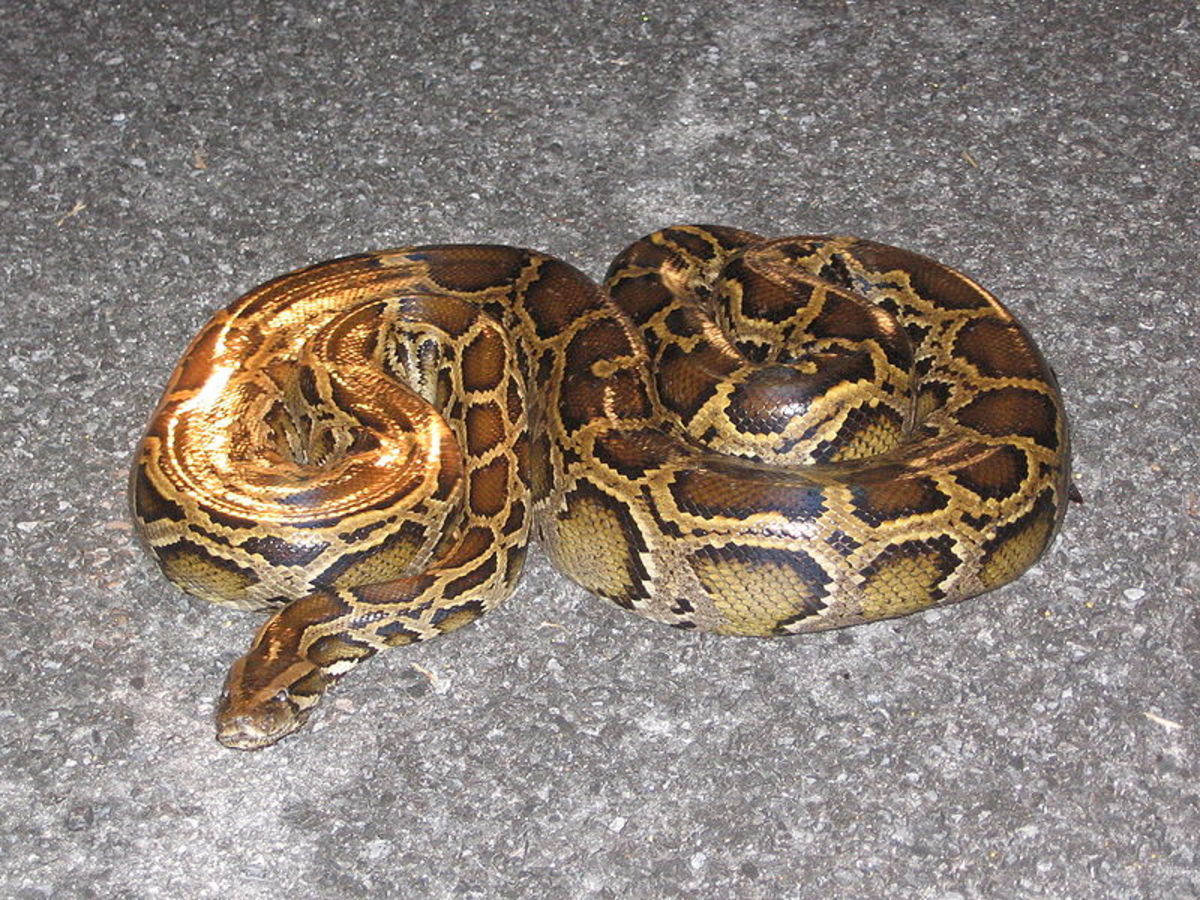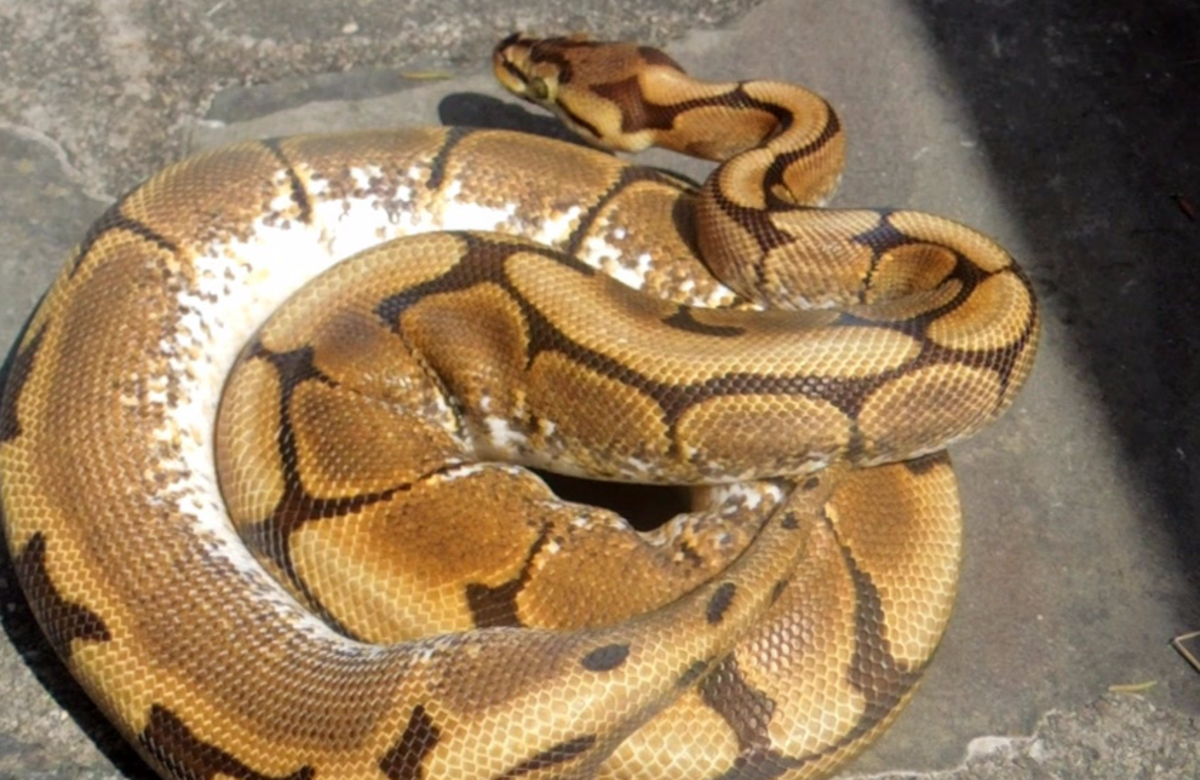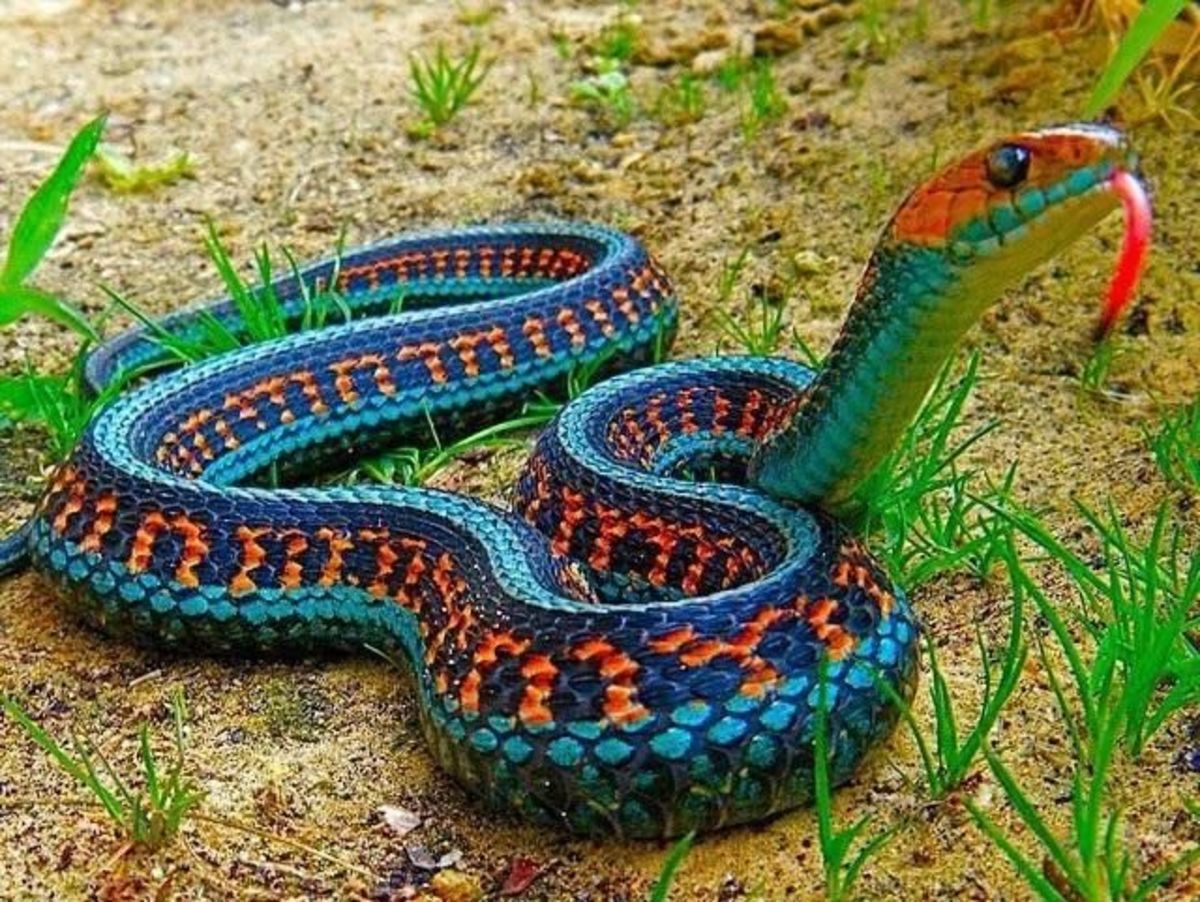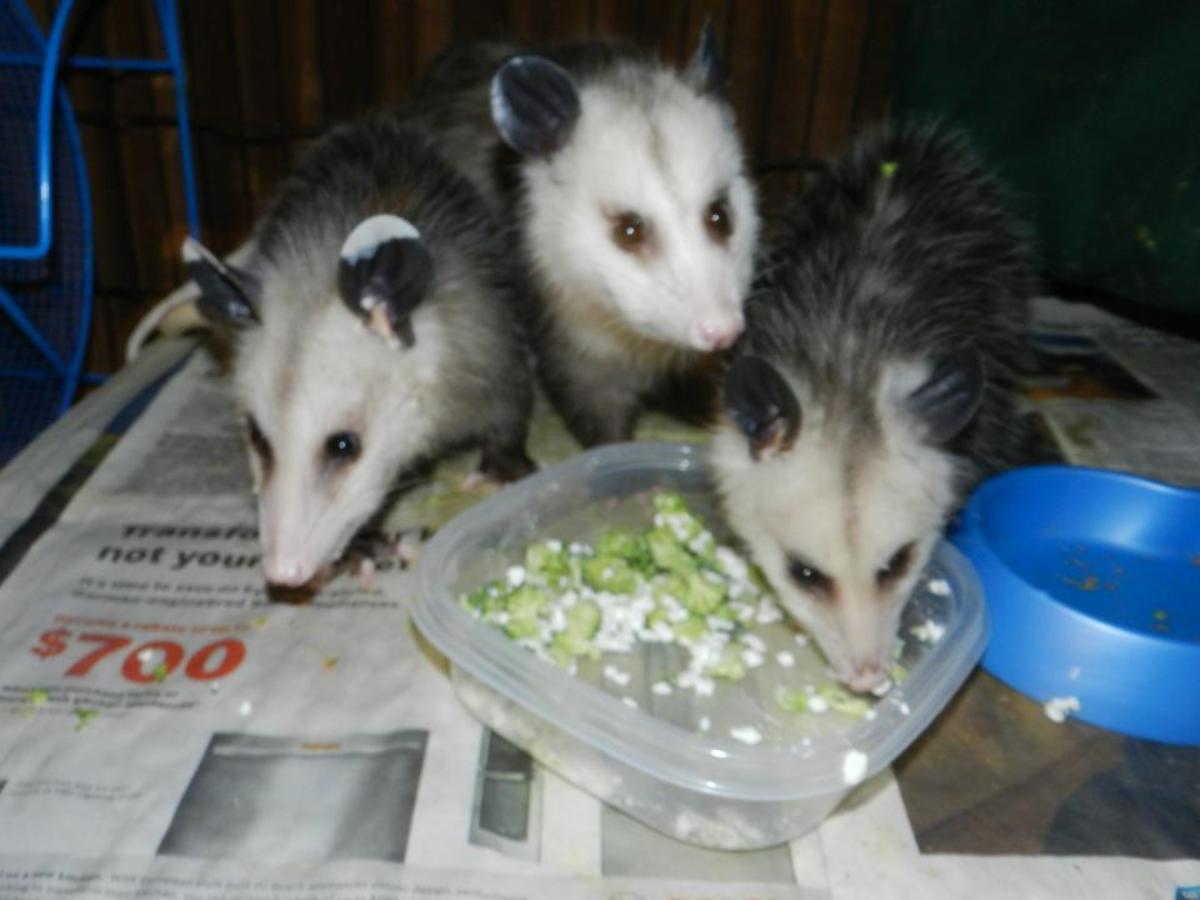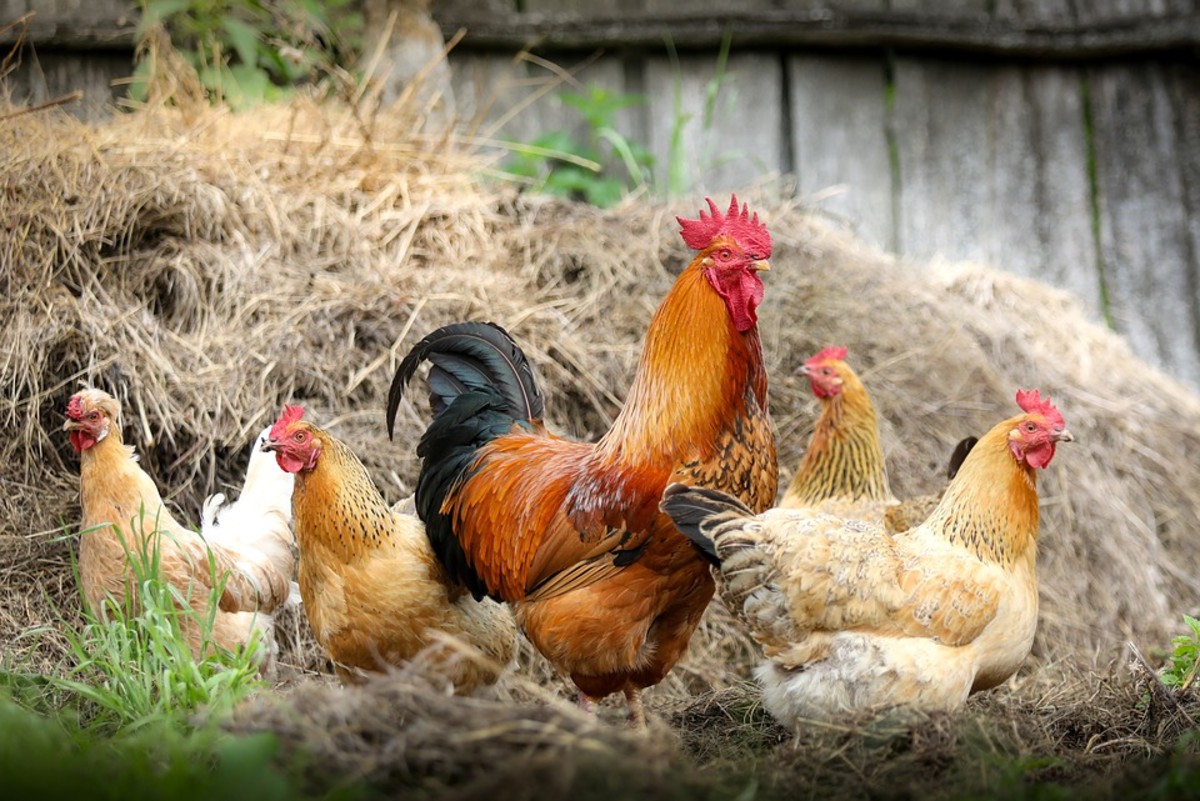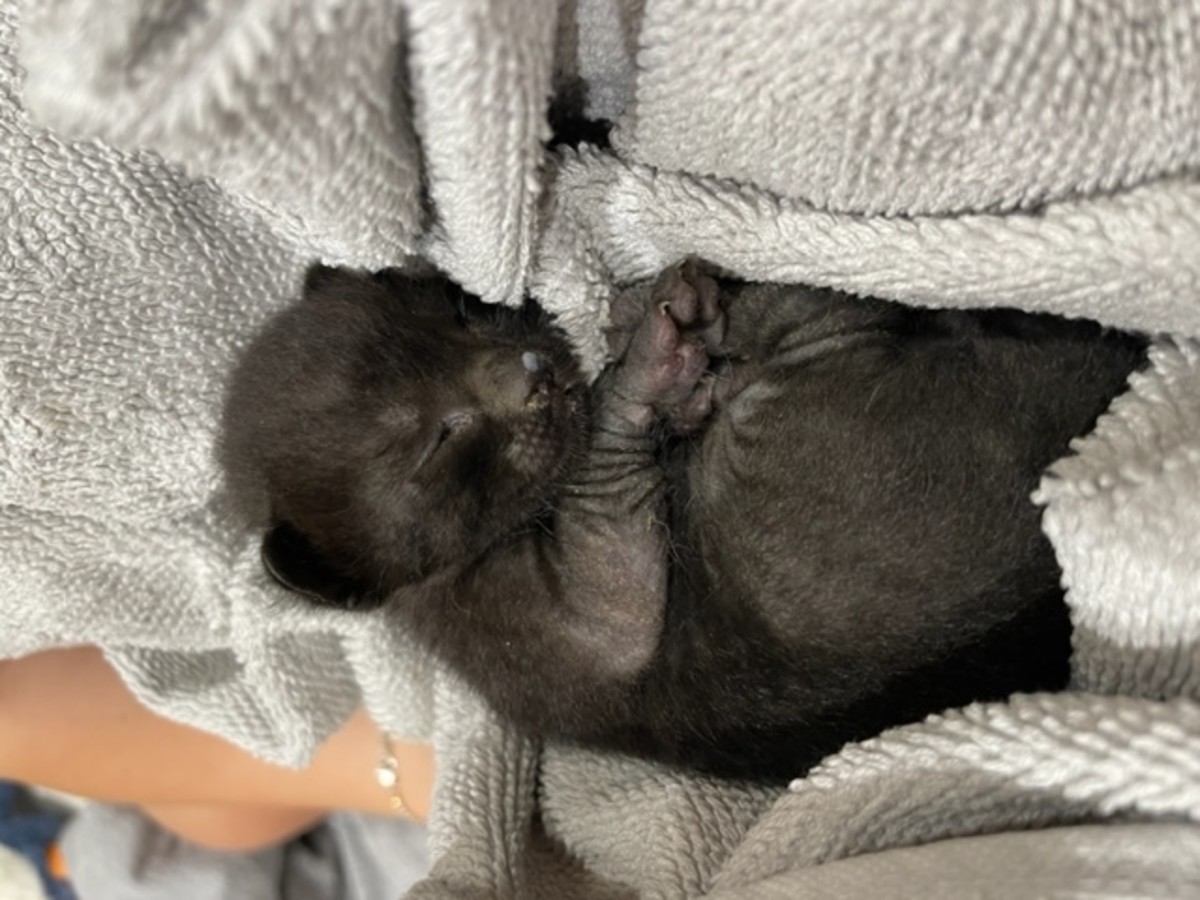Basic Python care
Sugar a Three year Old Python
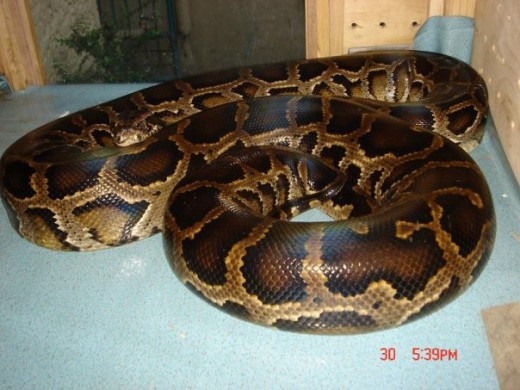
Python as a Pet Requires Greater Responsibilities
Mike Alim is a friend who takes care of 5 Pythons. His two adult Pythons he called Jake, 5 years old and Sugar 3 years old. He has one female Albino Burmese that he called Candy, and two reticulated Pythons that he rescued from the wild, which he adopted eventually.
For animal lovers who are planning to get a python as a pet, Mike suggests to read and research first because Python rearing requires greater responsibilities. Definitely not an immediate pet for first timers.
Mike with Jake the 5 year old Python
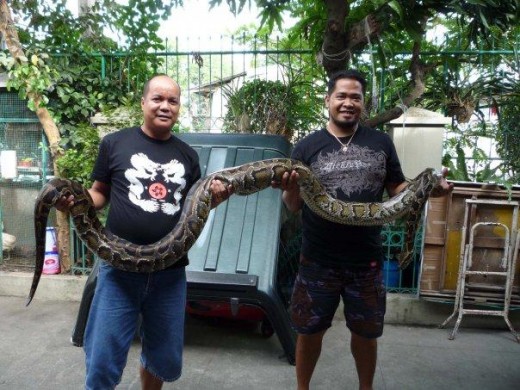
Common Ailments of Pythons
Common afflictions of our snakes and pythons are RTI or Respiratory Tract Infection, MI or Mouth Rot, Scale Rot, Parasites, Obesity, loss of appetite, Colds, etc. Among his 5 pythons, Jake his oldest is the one that gets sick easily; but this normally happens on rainy seasons when the temperature in his surrounding is low, causing him problem and difficulty in digesting his food. So during rainy season or cold season, they add or install more lights inside Jake's enclosure, the heat of the loight is enough to provide Jake the proper body temperature that he needs.
So far Mike has no records of severe cases of ailment, and he believes this is due to the proper care that they give them.
Candy, a year old Albino burmese
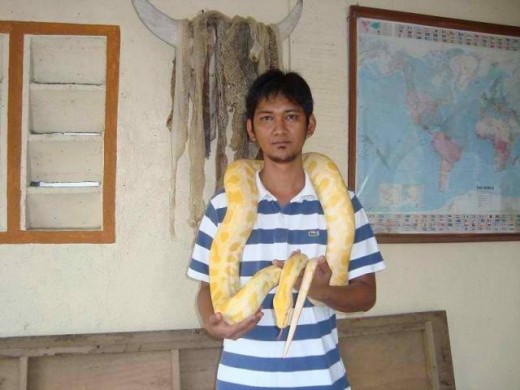
Why Feed Them Live Animals
Reticulated pythons depend on their senses when it comes to their food. This is what they called Jacobson’s sense which is located near their pits or at the side of their mouth. Mike said his reticulated pythons really need to be fed live animals, they tried to serve them frozen meat but they did not get near to it.
Python owners like him just maintained the pythons’ instinct to ear raw and live animals; and since there are very few python owners here in the Philippines, no pet shops dared to sell frozen meats meant for snakes.
Jericho, rescued Reticulated Python
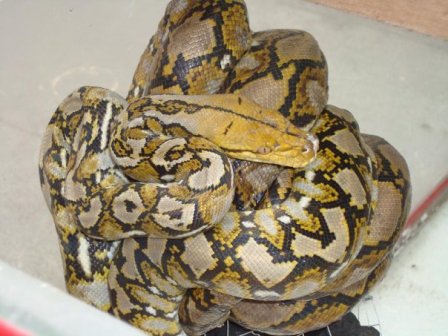
Feeding Schedule, Vitamins etc
Mike’s five pythons have different feeding schedules and different food types (live animals). His two adult Burmese eats one (1) live chicken each every five days. Mike has a supplier of live chicken from a trusted farm, which assures him that his pets are eating safe live chicken. It is more expensive but for Mike, the safety of his pythons is more important. To buy live chicken anywhere else can cause problem in the future. With P250.00 per chicken, Mike spends around P1,500.00 in a month.
The Albino Burmese Candy eats every 3 days, and she is fed 1 live Quail at a price of P50.00 each. In a month, Mike’s budget for Candy’s food is 500. The Reticulated pythons Jericho and Tuldok or Anna, eat laboratory rat every 5 days. Each rat costs 100 pesos each. In a month, Mike’s budget for his two retics is P600.00
Other expenses included the following:
Vitamins: 150 a month for each Pythons, Well-care check up every 2 months is P350 per consultation; for the Care-taker/maintainer, P2500.00 per month.
Aside from those, other minor expenses which mike can’t recall the prices are Lysol, betadine, shampoo, lotion and franela.
If we are going to estimate, Mike spends around P5,150 just for the food and one care-taker only. Multiply that and the rest for 20 years (assuming life span of pythons), indeed, just by expenses alone, caring for pythons is not a joke.
Anna, another rescued Retic
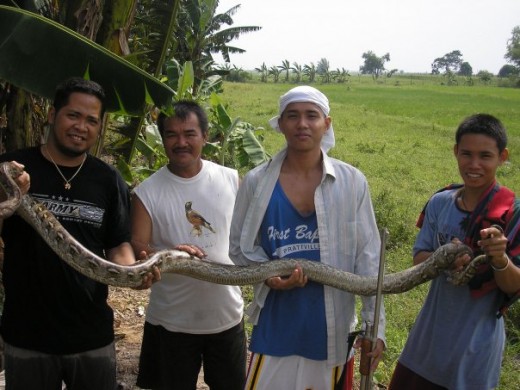
Body waste, Bathing Schedule, and cleaning schedule of enclosure
Pythons normally release body waste 1 to 2 weeks counting from the day since they were fed. The physical properties of their body wastes depend on what they have eaten, if they ate chicken, they will release chicken feathers as body waste, other undigested parts they usually release through their urine, every other day depending on the quantity of water that they drink.
Shedding usually takes place once a month, depending on the size of what they have eaten. If they have eaten a bigger than usual meal, shedding of their skin happens even in less than a month, meaning, they are growing and expanding in size. To help them shed skin fast, Mike or Alfred provided good humidity, or they simply soak the Pythons in water to loosen up easily the dead skin.
Enclosure cleaning is done almost everyday with water solution (chlorine and anti- bacterial liquids), and sometimes they also spray anti ticks and insect spray.
Python can be a safe pet for Human depending on the dicipline
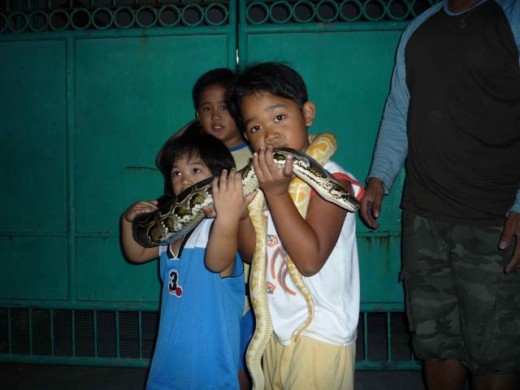
Safety of Human beings
Mike’s number one priority before python rearing is the safety of his family. Safety is the number one rule that everybody in his household follows, including his friend/caretaker Alfred. The safety measures rely on responsible python ownership, and he started with his pets’ made to order enclosure or cage. He made sure it is 100% more durable than usual and spacious enough for the comfort of the pythons too. Only Alfred has the keys for all the locks (4 heavy duty locks) of the cage door. When it’s time to bring the pythons out, only Alfred and one relative are allowed to bring them out. All enclosures are placed outside their house but within the porch of their lot. His first born son is also very fond of the pythons, and he knows all the rules. Although all his pets are tamed animals already, they still practice prevention especially with kids. Kids can touch and hold them but only in the presence of Alfred. Actually, all people in his neighborhood know their limitations in holding them.
The made-to-order enclosure or cage for his adult pythons is duplex type (2 Storey) with heavy duty four padlocks, and glass with ¾ thicknesses. The floor on the first storey is tiled, and with built in bathtub. Also installed are lights at least 250 watts, which they use during rainy seasons because pythons have the tendency to have lower body temperature when the surrounding is cold, so they use lights to provide heat to them.
Mike with the enclosure of Jake and Sugar, below is the enclosure of Candy
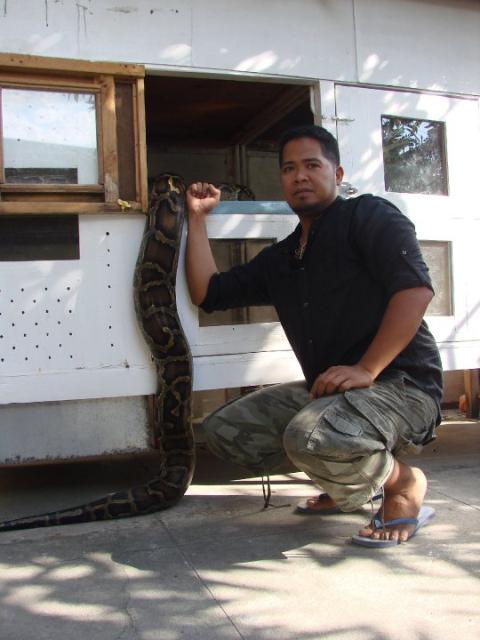
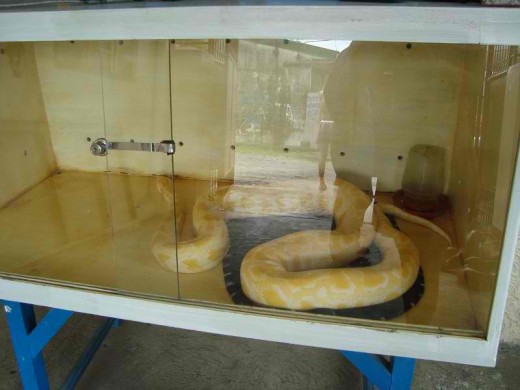
Photo of Jake with Mike's son and nephew
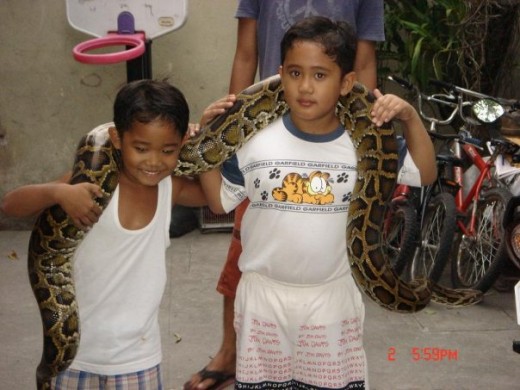
Permit is Required in Owning Exotic Pets
Mike said only one of his pythons has the permit from DENR (Department of environment and Natural Resources ) and PAWB (Protected Areas and Wild Bureau), but he will surely work on the papers of his other pets, as soon as he arrives to the Philippines and as long as his hectic schedules allows him. Mike said 80% of reptile owners in the Philippines have no permit, but he and fellow reptile lovers have been talking about how to make reptile ownership in the Philippines more legal and pleasant. He admitted that most of the pets that he bought have no permit from the start. He wishes the Government to be more aware about reptile owners in the Philippines and may they help propagate information about reptile ownership, that they will actively require permits in acquiring a reptile so that it can be limited to a more responsible and knowledgeable ownership. Mike said he sent lots of emails to DENR and PAWB and he is still awaiting response from them.
Thanks to Mike for all the information
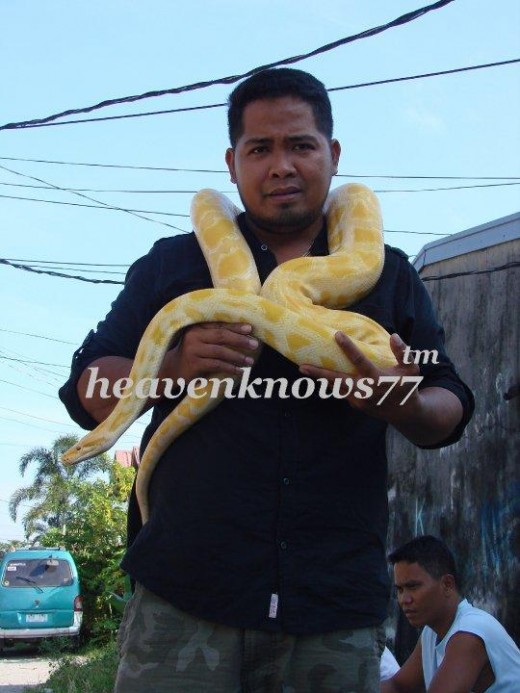
Realities about Python Ownership
Reptile keeping is one of the most wonderful hobbies that a man can do, only if he has great passion for it. And with that passion will follow the discipline and responsibilities. Let’s face the truth that in reptile keeping especially Pythons, there is always a danger at stake, but still it is in the way of responsible caring… While it is true that very few people are fond of these creatures, it is also true that not everybody has the capability to take care of it. Pythons and other animals are just the same in some ways. They eat, get sick, needs proper attention, they get angry too. All animals never lost their Animalistic Instinct, just like dogs, they will not attack unless they are threatened.
Pythons are not something to be feared about, there are more fearful things in this world and definitely domesticated or tamed pythons are not included in the lists.
For those interested and would like to start getting reptile as a pet, there are three thing to consider, Responsibility, Discipline and knowledge of the Animals and everything about them, if you don’t have even one of these three better not pursue with the plan, to avoid problems or accidents in the future. This reminder is for the welfare of both, Human and the animals or Pythons. And for those who also have a very deep passion for reptiles, Thanks to all of you for continuously spreading Safe and Responsible reptile keeping.
If you believe you have the three qualities mentioned, and would like to enter the world of reptile keeping, as a novice, always start with simple and easy to be cared for like garter snake, wolf, house or any available specie not included in the endangered list. Start with the true giants when you can already measure your capability.
Last Word From the Hubber
Responsible Python Ownership here may not have the complete information about Python keeping, but Mike’s story can somehow trigger realization that all good python owners did not start with Pythons right away, they do it step by step, until they are seasoned to take care of the true giants. Responsible Pet Ownership always portrays a vital role, unless you want to bring out the monsters in all your pets (not just pythons, but other domesticated animals as well), you can forget about RPO anytime…But you will forever look for your conscience that is if you still have one…? But the bottom line is, true passion will naturally lead you to becoming responsible, and knowledge plus discipline will surely follow.
Pythons are also helpless creatures when they are sick, and I saw myself in Mike when he was worrying about Jake, when it refused to eat its meal, and vomitted what it had eaten... Pythons are not really monsters but bad owners made them one.
© 2010 Maria Cecilia

